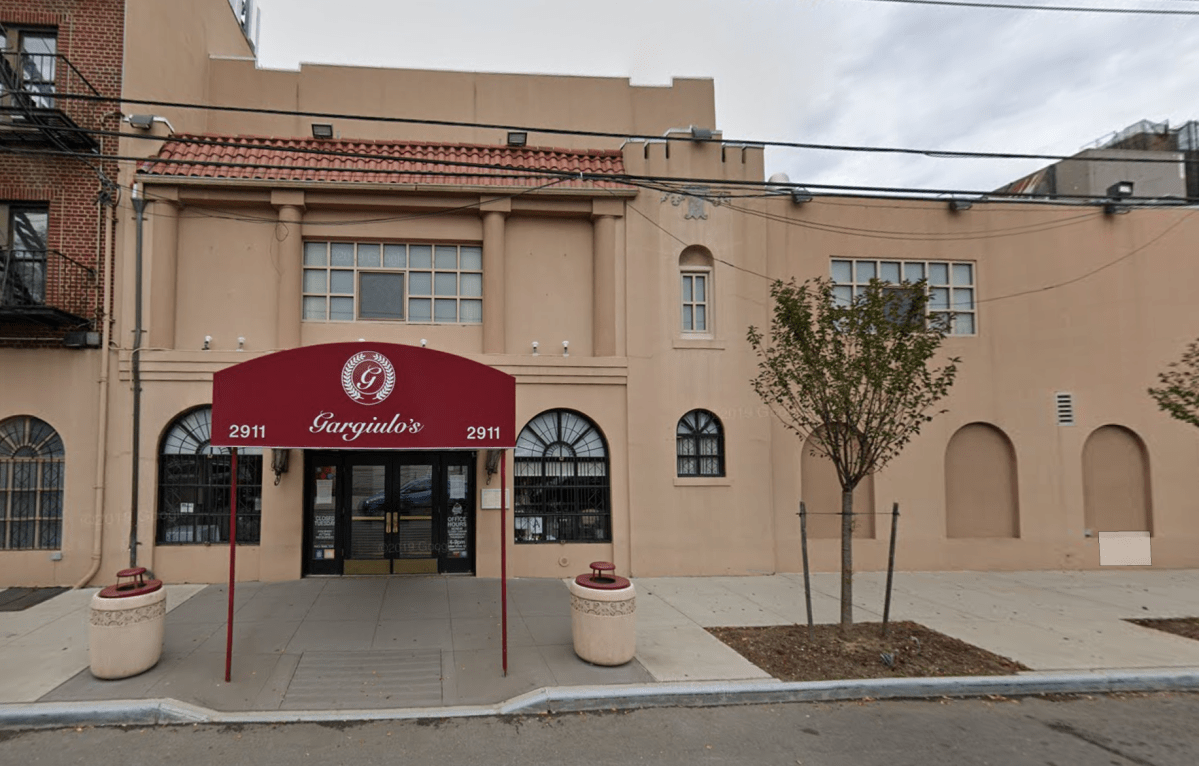
can opt for reconstruction and restore their figures to resemble what they were prior to breast cancer diagnosis.
Apart from certain skin cancers, breast cancer is the most common form of cancer among women, particularly American women. It does not segregate based on race and ethnicity or even gender, as men can be diagnosed with breast cancer as well.
Depending on the location of the cancer, its pervasiveness and the patient’s family history, various breast cancer treatments are available. A combination of radiation and chemotherapy may be necessary, but surgery may ultimately be the best option. Cancer removal surgery involves the surgical removal of breast tissue. Sometimes the nipple and the skin can be spared, but other times the entire breast and even the lymph nodes under the arm must be removed. Many women who undergo mastectomy procedures choose to have some sort of post-surgery breast reconstruction.
Breast reconstruction employs plastic surgery to restore a breast to near-normal shape and appearance following a mastectomy. A few different procedures may be needed to reconstruct the breast, and surgery on the other breast may be done to improve symmetry. According to Cancer Treatment Centers of America, many women are eligible to begin reconstruction at the time of mastectomy, which can reduce the number of surgical procedures women must endure and can eliminate time spent without a breast.
Types of surgery
Reconstructive surgery generally falls into two different groups: Implant-based and autologous flap reconstructions.
With implant-based reconstruction, a permanent implant is inserted to reform the breast. Some women may need to use a tissue expander for several weeks prior to the insertion of an implant. The tissue expander is gradually filled with fluid and helps stretch the skin to create a space for the implant. Others may not need the tissue expander and can have the implant inserted immediately. This is called a single-stage reconstruction. The majority of breast implants used today are filled with sterile saline, but silicone gel implants also are available.
Autologous flap reconstructions use tissue from the stomach, back, thighs, or buttocks to rebuild the breast. Fat, muscle and skin may be taken from the donation area of the body and used to rebuild the breast. A combination of body tissue and implant is sometimes necessary to perform the reconstruction.
Nipple and areola reconstruction
After the breast has been reconstructed, patients may want to have a nipple and areola added for a more natural look, particularly if these parts of the breast were removed in the original mastectomy. Skin grafting, in which skin is taken from elsewhere on the body to best match the color and texture of the breast, is often used to reconstruct the nipple and areola. Sometimes a nipple sharing reconstructive technique is used if the healthy breast has a large nipple and areolar complex. Tattoos to create the appearance of an areola and nipple may be designed to forgo the need for skin grafting.
What to expect
In the early stages of treatment, patients will meet with plastic surgeons to develop the best plan of action. Together they will discuss goals for reconstruction and how many procedures may be necessary. The potential risks and a prognosis will be discussed.
Women should realize that, while breast reconstruction has advanced and can successfully rebuild the breast, there are some side effects. Visible incision lines will likely be present on the breast and any area of the body that provided donor tissue. The reconstructed breast may not be exactly symmetrical to the other breast, provided no work was done on the healthy breast. The reconstructed breast will not have the same feel and sensation as it once did, and healing may take several weeks, during which the breast shape and position will improve.
A breast cancer diagnosis and subsequent surgery for treatment can be life-altering. Thanks to advancements in plastic surgery, many women can opt for reconstruction and restore their figures to resemble what they were prior to being diagnosed. More information about breast reconstruction is available at https://breastreconstruction.org and www.cancer.org.


















